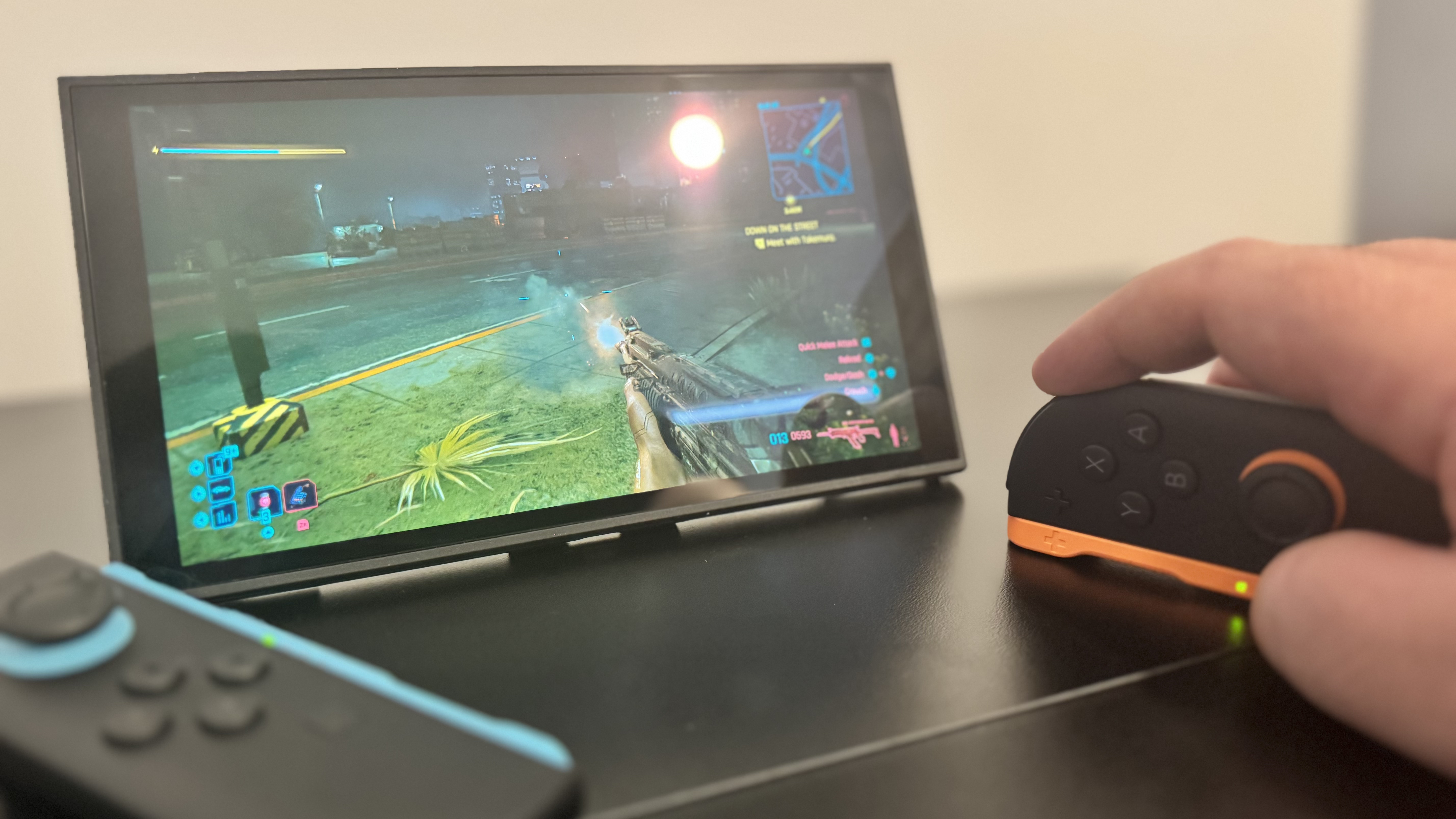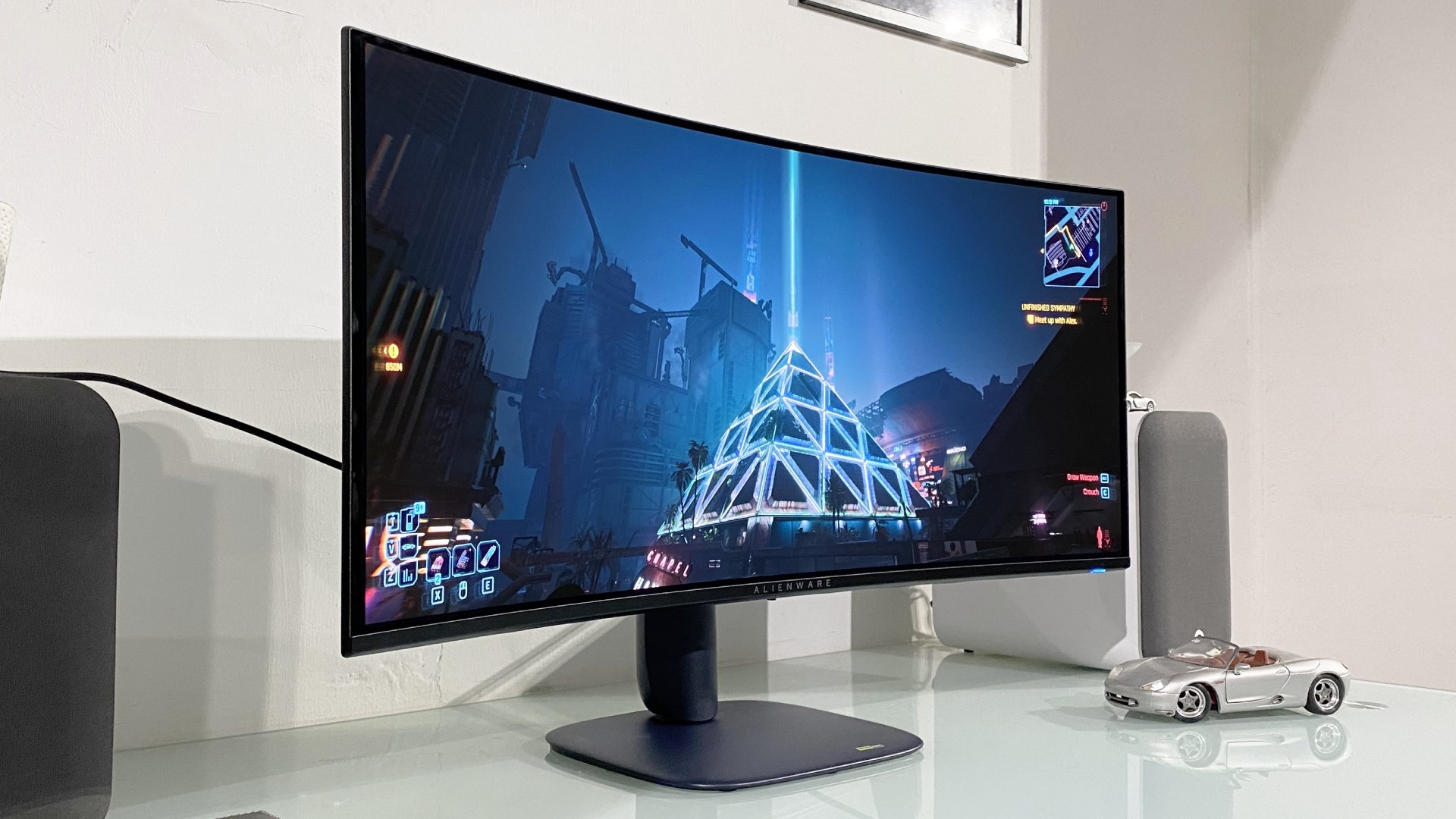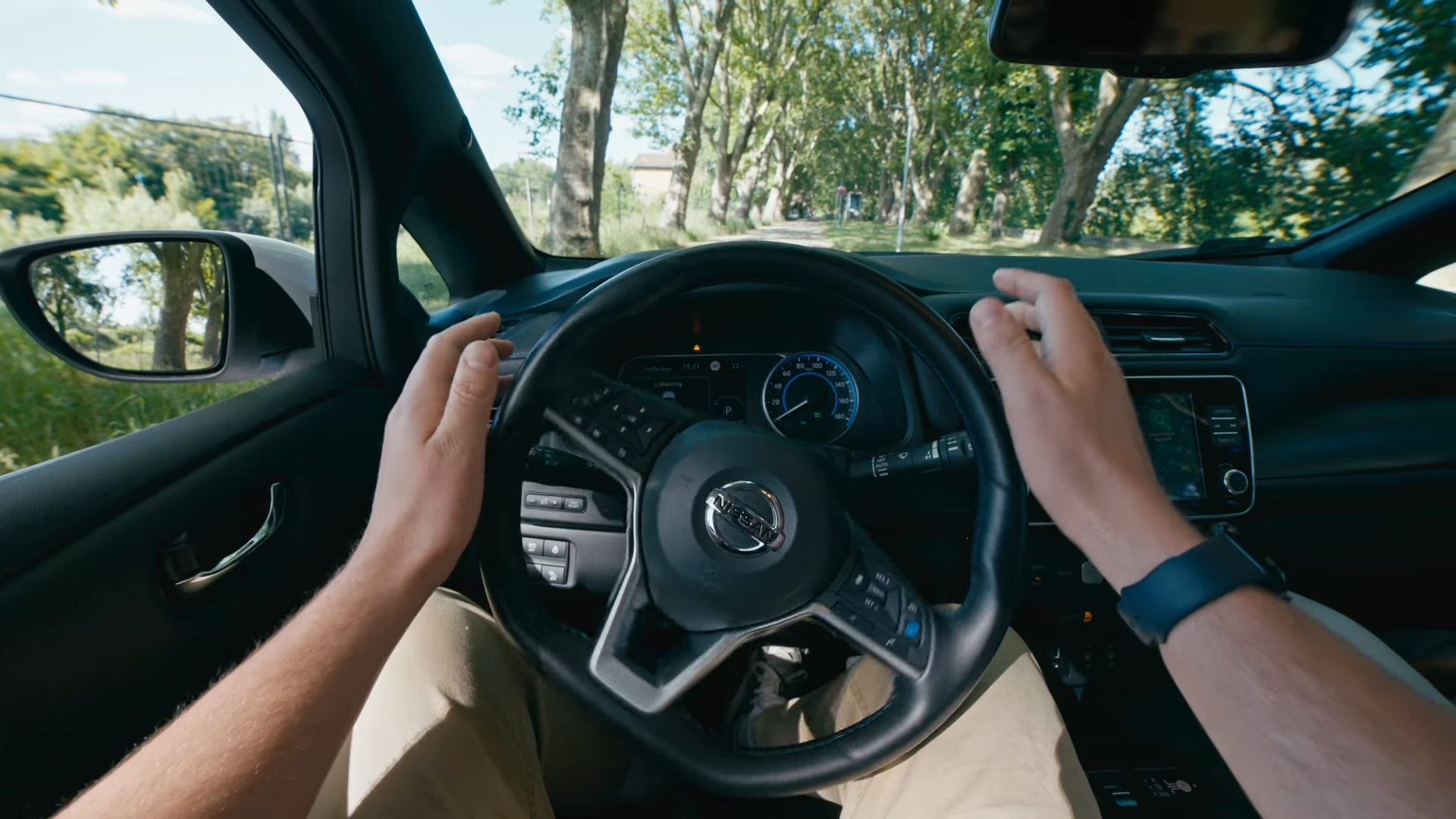
Switch 2's IPS display probably isn't using overdrive.
Nintendo’s new handheld is certainly a smash hit. But one of the less impressive aspects of the Switch 2 is its 7.9-inch IPS display. Reddit has been alight with complaints concerning the speed of the display, with owners bemoaning the blurring and smearing of games. Now the results from independent testing are in and they’re ugly. Empirically speaking, the Switch 2’s display is super slow.
Our first data point is Monitors Unboxed. They found the Switch 2 returned an average pixel response time of 33 ms at 60 Hz. That’s significantly worse than the slowest monitor the YouTube channel has tested, which came in at 19 ms, and far slower than a “typical” high-performance PC gaming monitor with an LCD display, which comes in around the 5 to 6 milliseconds mark.
Monitors Unboxed has tested some TN LCD panels as low as 3.7 ms, which is in the order of 10 times faster than the Switch 2. Of course, OLED panels are even faster, typically measuring around 0.3 ms, which is a shocking 100 times faster.
But perhaps most damning of all, Monitors Unboxed found that the original Switch’s LCD display from 2017 is actually faster at 21 ms. That really does seem unforgivable.
Japan’s Chimolog is our second source. Its tests showed the Switch 2’s display to be slightly quicker, averaging 17 ms at 60 Hz. But it was still by far the slowest display in their suite of results, the next slowest being a 27-inch LCD monitor registering 11 ms, and most of their gaming monitors coming in under the 6 ms mark.
Exactly why Chimolog extracted faster response times than Monitors unboxed isn’t clear, but both results are still very bad. So, the question is, why is the Switch 2 so slow? The answer, very likely, is that Nintendo has not implemented any form of overdrive.
That’s a feature that “drives” excess voltage to the pixels in an LCD panel to force them to change colour more rapidly. The idea is to temporarily supply the pixel with a greater voltage than is actually required for it to achieve its target colour state before reducing the voltage to the correct level.
Overdrive isn’t a perfect technology. If applied too aggressively, it can result in overshoot, where the pixel surges past the target colour, leading to a visible problem known as inverse ghosting.
But done right, it definitely speeds up pixel response and indeed is the single most important feature in allowing modern gaming LCDs to be as quick as they are. Without overdrive, you get, well, a smeary mess like the Switch 2’s display.
That, in turn, begs the question of why Nintendo didn’t apply any overdrive. The most obvious answer is to save battery life. The elevated voltages used for overdrive increase power consumption.
The Switch 2 has a pretty puny sub-20 Wh battery. For context, that’s about half the size of the 40 Wh battery in the original Steam Deck. So, reducing power consumption has probably been critical. Indeed, Monitors Unboxed suspects that Nintendo may actually be undervolting the Switch 2’s display to save power, which will only make the response worse.
As for what happens from here, the good news is that it may well be possible for Nintendo to add overdrive with a software or firmware update. It would certainly be nice to at least have the option of running overdrive, even if it does wallop battery life a bit.
Of course, in 2021 Nintendo followed the original Switch with an OLED model and no doubt a Switch 2 OLED is in the works, which will almost certainly improve pixel response performance radically. So, if you think you’re the kind of gamer who is sensitive to the kind of smearing and blurring that’s a consequence of slow pixel response, maybe hold out for the Switch 2’s inevitable OLED relaunch.





